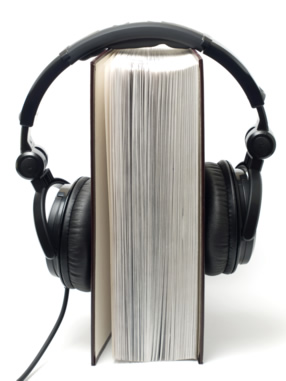Protect Yourself From Occupational Loud Noise

If you work in an environment that's characterized by constant loud noise, you should take measures to protect yourself from hearing loss, tinnitus, and other related conditions. According to the Centers For Disease Control and Prevention (CDC), approximately 22 million workers in the United States are exposed to dangers noise levels, and 9 million are exposed to ototoxic chemicals (source). Occupational hearing loss is one of the most common causes of disability, with treatment costing over $242 million annually.
Some workers assume loud noise is just "a part of the job" that poses no real threat to their health and well-being. Unfortunately, this isn't the case. While short-term exposure can cause temporarily hearing loss and ringing of the ears, long-term exposure can cause permanent hearing loss. And to make matters worse, neither medicine nor surgery can repair the damage caused by prolonged exposure to loud noise.
The Dangers of Loud Noise
To understand how exactly loud noise can lead to hearing loss, you must first look at the ear and how it works. Humans listen by picking up on vibrations. These vibrations first hit the outer ear, at which point they are transmitted to the middle ear. Inside the middle ear contains three bones: the malleus, the incus, and the stapes, all of which are used to amplify and forward the vibrations to the inner ear. Inside the inner air contains the cochlea, which is a snail-shaped structure consisting of fluid and microscopic hairs that convert the vibrations to nerve impulses. So, when a worker is exposed to loud noise, it creates vibrations that are amplified before reaching his or her inner ear. Once here, the vibrations can damage the delicate hairs of the cochlea, resulting in the potential for hearing loss.
Tips To Protect Yourself From Occupational Loud Noise:
- Invest in proper hearing protection (ear plugs, noise-cancelling headphones, earmuffs, etc.)
- Consider upgrading to newer model power tools and equipment.
- Take steps to limit your exposure to loud noise. If you work in a loud environment, perhaps you can take a break every 45-60 minutes.
- Place warning signs in loud areas, notifying other workers of the potential dangers.
- Implement noise barriers in your workplace/working environment.
- The Occupational Safety and Health Administration (OSHA) recommends the use of hearing protection anytime the volume of a workplace exceeds 85 dBA.
- Remember, the employer is responsible for purchasing all forms of hearing protection.
Recent Posts
-
Fire Safety in the Workplace: What You Need to Know
What steps are you taking to prevent fires in your workplace? According to the U.S. Occupational Saf …Aug 23rd 2023 -
Is It Safe to Go Jogging With a Cold Infection?
If you're suffering from a cold infection, you might be wondering whether it's safe to go jogging. T …Aug 22nd 2023 -
5 Safety Tips to Follow When Using a Powder-Actuated Tool
Powder-actuated tools are commonly used to join materials to steel and concrete. Also known as Hilti …Aug 20th 2023




